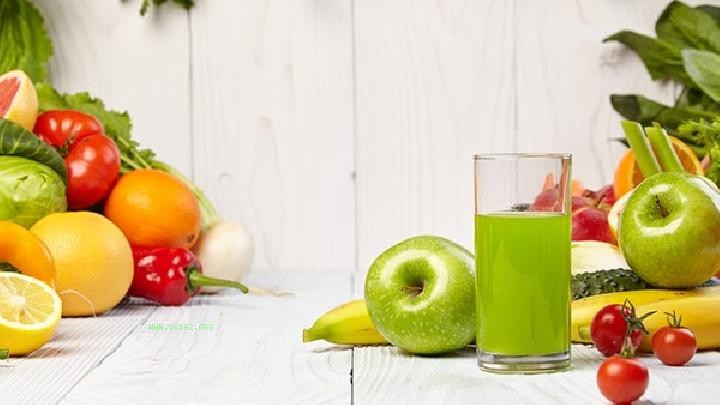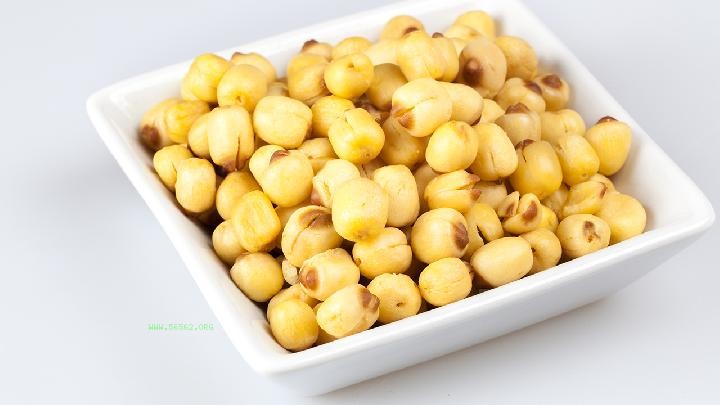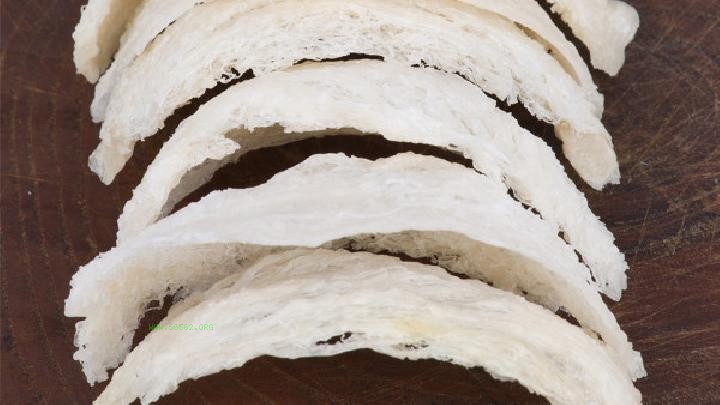Do you have stomach problems and eat more noodles? Is this sentence true? So, why can noodles nourish the stomach, and what should we pay attention to in our diet to nourish the stomach?
Eating pasta in moderation can nourish the stomach
There are several typical symptoms of chronic stomach diseases: stomach pain, bloating, nausea, vomiting, loss of appetite, weight loss, anemia, irregular bowel movements, bad breath, and so on. In fact, the statement that the stomach doesn't have much to eat makes sense. Generally speaking, pasta is easier to digest than food made from rice. Although both belong to the starch class, their starch structures are different, resulting in different digestion outcomes. Especially for people with high stomach acid, they should eat more dough making foods because the baking soda used during dough making is alkaline and can neutralize excessive stomach acid. If you like to eat rice, you can choose to make it softer. Hard rice is not easy to digest. Try to eat less food made from glutinous rice, as it is also not conducive to digestion.
If you like to eat rice, you can choose to make it softer. Hard rice is not easy to digest. Try to eat less food made from glutinous rice, as it is also not conducive to digestion.
Wheat has a flat nature, sweet taste, easy digestion, and can be eaten more. Noodles do have the effect of invigorating the spleen and stomach, and have a health promoting effect on people with weak spleen and stomach. Noodles, because they are easy to digest, secrete less stomach acid when eaten, reducing stomach fatigue. Compared to rice, wheat is slightly damp and stagnant, so it is generally ground into flour products or dried into cereal for consumption. The ability of wheat to nourish the stomach and produce fluids is slightly inferior, but its effect of nourishing qi and nourishing body shape is superior. In addition, if the dough is fermented, its stagnation of qi will be greatly reduced, which is more conducive to human digestion. Although noodles have not undergone fermentation, they are finely cut and boiled in water, which not only does not cause gastrointestinal stagnation, but also has the function of nourishing stomach qi. Noodles contain alkali, and their soup is also very nutritious. Baked pasta also nourishes the stomach and is suitable for people with stomach diseases, such as dry Mantou slices, dry bread slices, etc. What kind of noodles are good to eat? There are many types of SEP noodles, and besides the most common ones made from wheat flour, noodles made from miscellaneous grains such as buckwheat and oats have better health benefits. Among them, the most prominent one is buckwheat flour. Buckwheat has high levels of vitamin B and niacin, and a component called rutin is rarely found in other grains. Niacin and rutin have the effects of lowering blood lipids, softening blood vessels, and preventing cerebral hemorrhage. Therefore, buckwheat flour is suitable for people with hyperlipidemia, hypertension, and coronary heart disease. In addition, buckwheat flour can also help reduce blood sugar, so patients with diabetes can eat more.
However, it should be noted that buckwheat noodles are cold in nature and those with spleen and stomach deficiency should try to eat them in moderation.
There are also dietary supplements for middle-aged and elderly people that can lower blood lipids and assist in lowering blood sugar, which are oat flour and soybean flour. But oat flour has the effect of promoting urination, so it is best for enuresis patients to eat less. Bean flour is usually made from mung beans or soybeans, which have a high protein content. In order to avoid increasing the burden on the kidneys, people with nephritis and renal insufficiency should eat it with caution. In addition to mixed grain noodles, there are currently colorful vegetable noodles on the market, made with fresh spinach, pumpkin, tomato, cabbage, carrot and other vegetable juices mixed with flour. Compared with ordinary noodles, vegetable noodles not only have a better taste, but also contain more vitamins, trace elements and fiber, with higher nutritional value. In fact, rice can also nourish the spleen and invigorate qi. Traditional Chinese medicine believes that glutinous rice has a sweet taste and a flat nature, which can nourish the spleen and stomach, strengthen and nourish the body. Glutinous rice has the functions of warming the spleen and stomach, nourishing the middle and tonifying qi, and can be used in conjunction with the treatment of weak stomach cold, quenching thirst, frequent urination, etc.
Guya has the effect of strengthening the spleen and reducing digestion, which helps to treat food stagnation, decreased appetite, and indigestion. Rice bran can invigorate the spleen and stomach, reduce swelling and diuresis, and help treat beriberi, edema, diarrhea, and vitamin B1 deficiency. From this, it can be seen that rice is also a good product for nourishing the spleen and stomach, and the choice of noodles or rice is only related to the region and dietary habits.





Comments (0)
Leave a Comment
No comments yet
Be the first to share your thoughts!